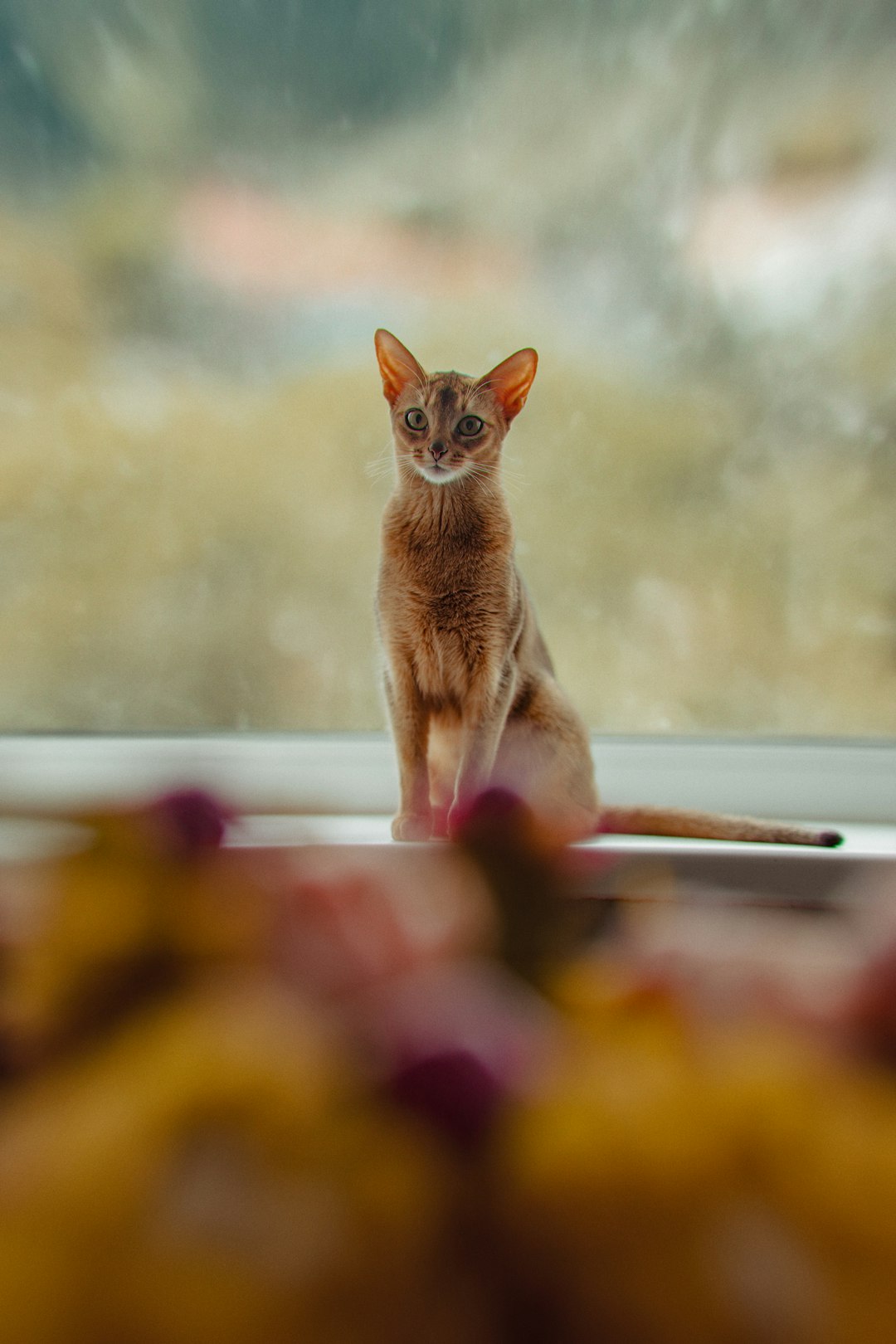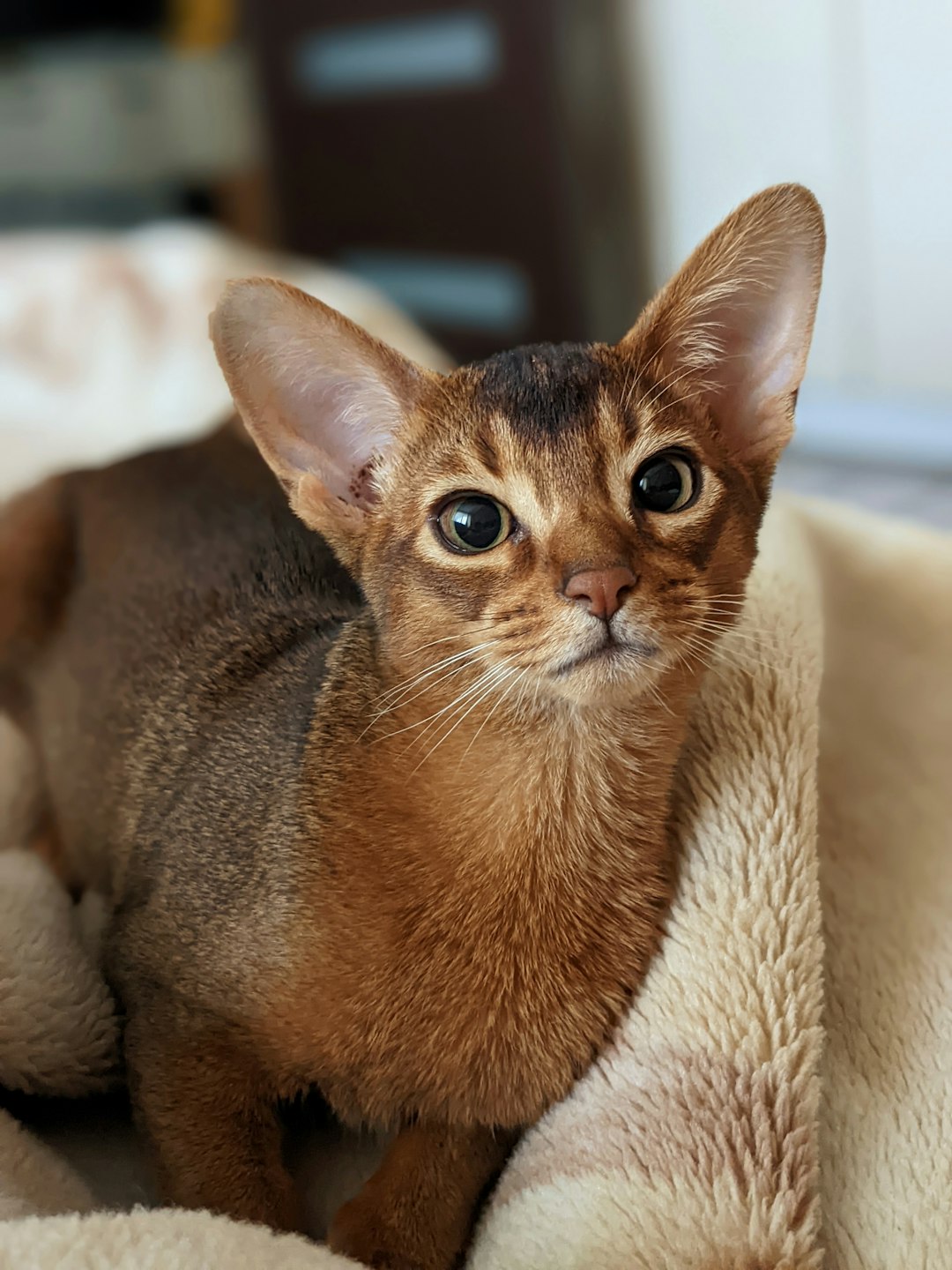If you’ve ever wondered what it would be like to have a little leopard prancing around your living room, then meet the silver bengal cat! These glamorous furballs don’t just look exotic; they come with a personality that’ll make you laugh, cry, and maybe question your sanity. From their glittering coats to their spirited antics, they’re feline royalty. But don’t be fooled by their stunning appearance—caring for a silver bengal cat requires some serious dedication, and we’re here to guide you through it all with a chuckle and a smile!
Origin and History of the Silver Bengal Cat
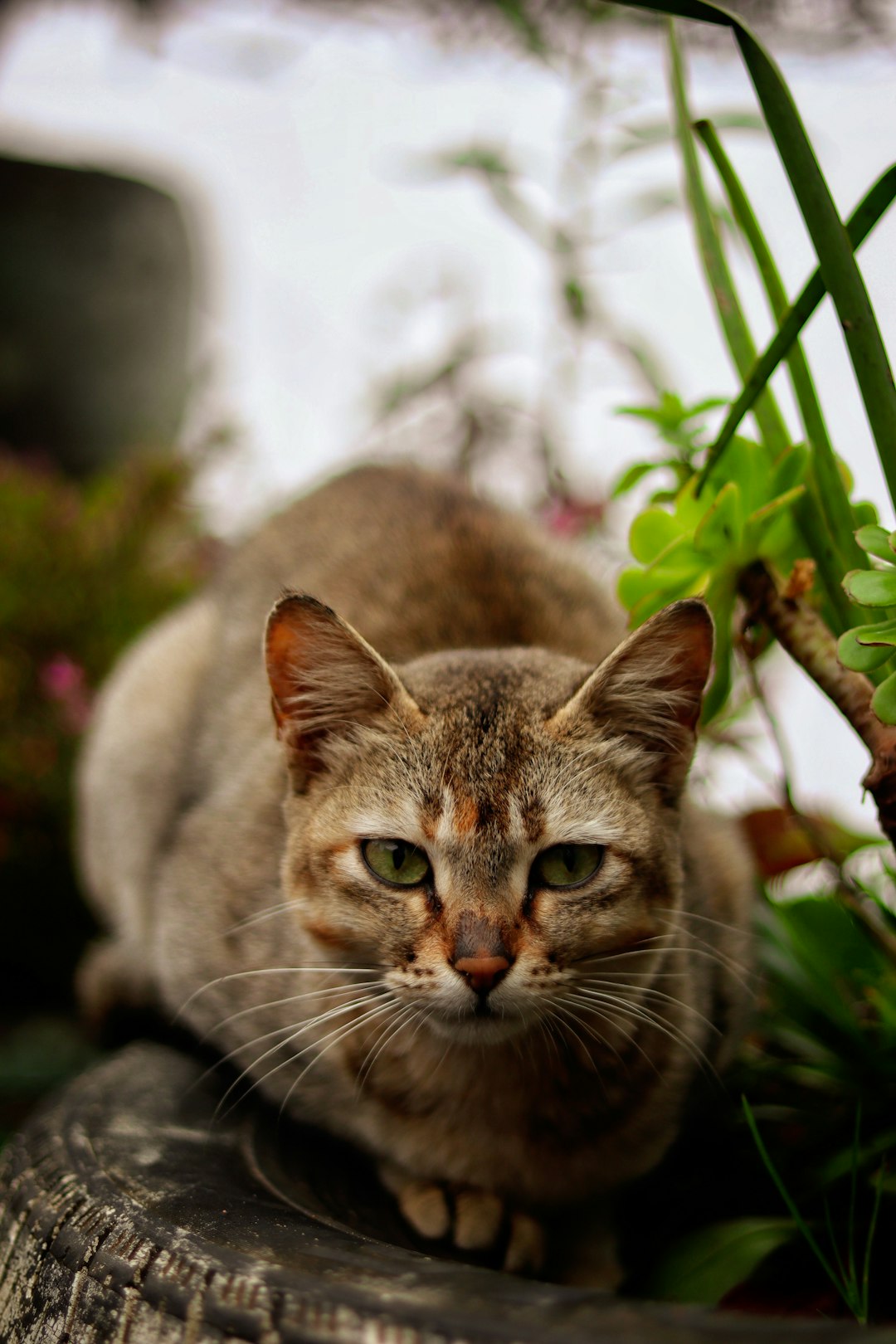
Ah, the silver bengal cat! A glorious creature that struts around your living room like it owns the place. Let’s travel back in time for a moment, shall we?
- The Spark of Creation: The silver bengal cat traces its origins back to 1963 when a savvy breeder crossed an Asian leopard cat with a domestic feline. It’s like a beauty and the beast story—and folks, it’s all about the purr-fect hybrid!
- Raining Stripes: Fast forward a few decades, and the breed was officially recognized in the late 1980s. The silver variant? That emerged in the early 2000s! Imagine catching a glimpse at a silver bengal cat and thinking, “Wow, either it’s a feline model on a runway or I’ve stumbled into a safari!”
- Trophy Cats: Today, these beauties not only flaunt stunning coats that shimmer like silver coins, but they also steal the hearts of enthusiasts around the globe. The silver bengal cat isn’t just a pet; it’s a living work of art!
So, in the grand tapestry of feline history, the silver bengal cat is the showstopper that graces your life with elegance and an attitude that says, “I’m fabulous—deal with it!”
Physical Characteristics of the Silver Bengal Cat
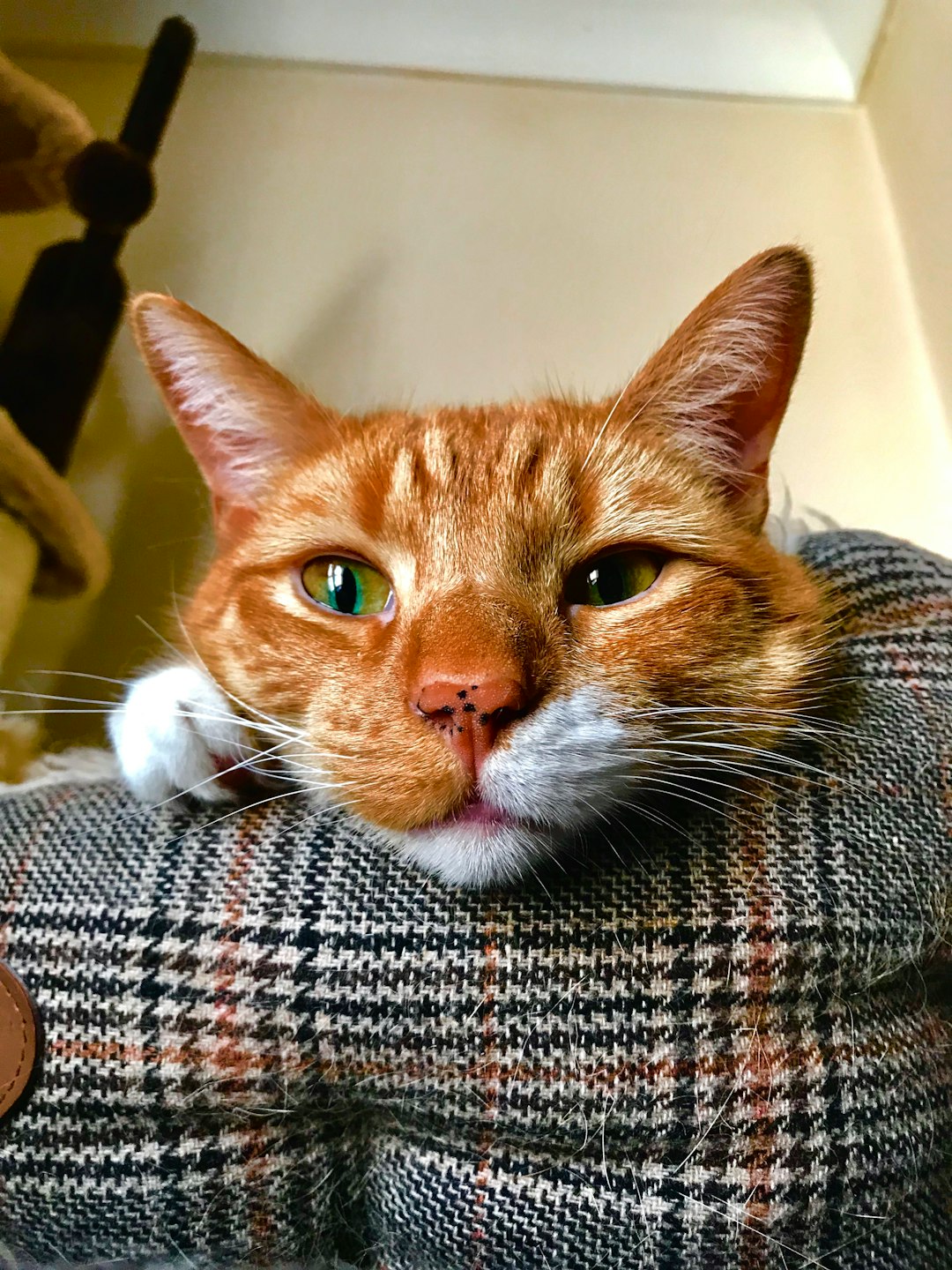
Ah, the silver Bengal cat! If cats could wear tuxedos, these beauties would be the literal life of the party — all dressed up and ready to impress. Let’s dive into what makes the silver Bengal cat visually irresistible!
- Coat: Shimmering like a moonlit night, the silver Bengal cat sports a soft, glittery coat with dark spots or marbled patterns. Imagine a leopard mixed with a sprinkle of fairy dust!
- Size: These cats are not your average house felines. They often measure 12–16 inches tall and weigh between 8–15 pounds. Talk about a hefty bundle of joy!
- Eyes: Their striking green or blue eyes can hypnotize you faster than a magician at a birthday party. It’s almost unfair!
- Build: With a muscular and athletic build, the silver Bengal cat looks like they’ve just walked out of a fitness magazine. Seriously, they may roll their eyes if you call them “fluffy.”
In summary, the silver Bengal cat dazzles with their elegant appearance and playful demeanor. You’ll want to take a million selfies, so grab that phone and prepare for a photo shoot worthy of the cover of “Cat Fancy!”
Temperament and Personality Traits
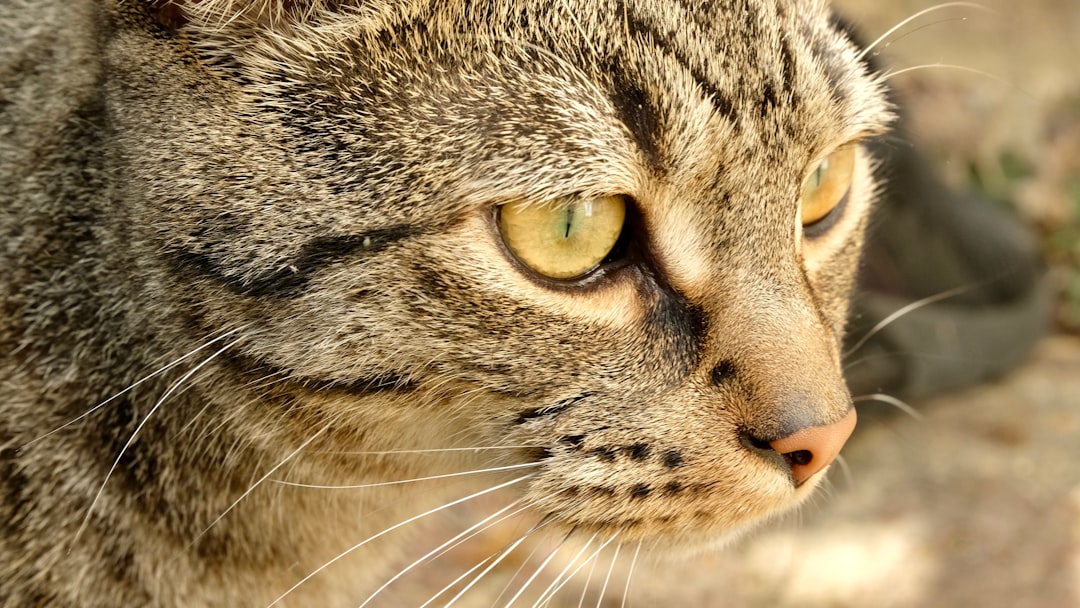
Ah, the personality of the silver bengal cat – a delightful mix of charm, mischief, and sass! Think of them as the feline equivalent of an overly enthusiastic magician: they amaze you with their tricks while keeping you on your toes. Here’s what you can expect when you invite one of these glamorous furballs into your life:
- Playful: These cats turn every speck of dust into a potential toy. If it moves, they will pounce!
- Social Butterflies: Unlike that introverted friend who disappears at parties, your silver bengal cat will revel in the attention. Expect them to be the life of the household, charming everyone with their striking looks.
- Curious: They possess a nose for adventure. If you hear a strange noise, don’t be surprised to find your silver bengal cat investigating…or plotting world domination!
- Intelligent: These smart kitties thrive on mental challenges. A puzzle toy? Bring it on!
So, if you’re ready for a lively, interactive companion, the silver bengal cat might just be your new best friend. Just remember to keep a keen eye on those mischievous paws!
Common Health Issues in Silver Bengals
Ah, the silver bengal cat! So cute, so fancy, yet like any aristocrat, they have their quirks. Let’s dive into their health issues, shall we? Here’s what you might encounter while trying to keep your glitzy kitty in tip-top shape:
- Hypertrophic Cardiomyopathy (HCM): This heart condition loves to crash the silver bengal cat’s dance party. Regular vet check-ups can help catch this pesky condition before it decides to take the lead.
- Progressive Retinal Atrophy (PRA): This one’s like a slow disco fade-out for your kitty’s eyesight. Keep an eye (pun intended!) on any changes in their behavior around the laser pointer.
- Gum Disease and Dental Issues: Silver bengal cats are major purr-formers when it comes to cleaning themselves, but they sometimes neglect their pearly whites. Grab that feline toothbrush and start the brushing dance!
- Obesity: Although they’re known for being sleek, those treats can add up! Keep their diet in check and encourage fun exercise—maybe a disco ball chase?
In conclusion, while silver bengal cats may be glamorous and exotic, their health needs some careful attention! Regular vet visits and a sniff of TLC keep them shining bright.
Grooming Needs and Maintenance Tips
Ah, the silver bengal cat—it’s like having a living, breathing piece of art that also happens to shed. But don’t worry, grooming this flashy feline isn’t a full-time job! Here’s the lowdown on how to keep your kitty looking as sharp as its spots:
- Brushing: Do this once a week, unless you want to find cat fur in your cereal. A slicker brush or rubber grooming mitt will help reduce shedding and keep that coat glimmering.
- Bathing: Surprisingly, silver bengal cats are pretty good at self-cleaning. Think of them as the divas of the cat world. Only bathe them if they’ve taken a dive in their litter box (not pretty!).
- Nail Trimming: Keep those claws in check! Trim them every 2-4 weeks so they don’t turn into miniature weapons.
- Ear Cleaning: Use a damp cloth to clean the ear flaps. No one wants a kitty with “only one earring” vibes going on!
- Dental Care: Brush their teeth a couple of times a week. A silver bengal cat’s smile deserves to dazzle!
In summary, with regular grooming, your silver bengal cat will strut around looking fabulous while you maintain your sanity (and your cereal’s fur-free status!).
Dietary Requirements and Feeding Guidelines
Feeding your silver bengal cat is like preparing a gourmet meal for a tiny royalty. They deserve nothing less! Let’s dish out some tasty tips to keep your whiskered companion purring with delight.
Key Dietary Needs:
- High-Quality Protein: Silver bengal cats are lean, mean, muscle machines. Look for cat food with meat as the first ingredient. Fish, chicken, or turkey will do nicely.
- Moderate Fat Content: Just enough to keep that shiny coat radiant without turning them into a furry balloon.
- Low Carbohydrates: Cats in general, and our silver bengal cat in particular, thrive on low carbs. It keeps them spry and sassy!
Feeding Guidelines:
- Age Matters: Kittens need kitten food, while adults love adult cat formulas. Elderly cats might require special senior diets — cause who wants a cranky old cat?
- Meals per Day: Aim for 2-3 meals daily, unless your silver bengal cat gives you the puppy eyes that scream for a fourth!
Treat Time:
- Healthy Snacks: Treats should be low-calorie and protein-based. After all, a happy silver bengal cat is a healthy one!
So, keep their menu exciting and balanced to ensure your silver bengal cat stays fit and fabulous!
Creating a Suitable Living Environment for Your Silver Bengal Cat
Let’s get down to the nitty-gritty of creating a stellar living space for your glamorous silver bengal cat. These fabulous felines love to strut their stuff in an environment that meets their playful personalities and unique needs. Here are some tips to ensure your home feels like a 5-star hotel for your silver bengal cat:
- Space to Roam: Make sure your living area isn’t a matchbox. Silver Bengals thrive on space! A room with plenty of climbing opportunities (think cat trees and shelves) helps unleash their inner acrobat.
- Interactive Toys: Forget about those catnip mice! Go for puzzle toys that stimulate your silver bengal cat’s mind. It’s basically a gym membership but for their brains!
- Safe Zones: Create cozy corners with beds or blankets where your silver bengal cat can chill and observe their kingdom. Cats love being in charge, after all!
- Windows to the World: Make sure your windows are cat-friendly. A nice perch allows your silver bengal cat to survey their territory and channel their inner guard cat.
Treat your silver bengal cat to an environment that showcases their elegance and playful charm, and you’ll both purr with happiness!
Creating a Suitable Living Environment for Your Silver Bengal Cat
Imagine this: your silver bengal cat, with its glittering sheen and daring personality, strutting around your home like it owns the place. Well, spoiler alert! It kind of does. Creating a suitable living environment for your silver bengal cat isn’t just about letting it lounge like royalty; it’s about catering to its wild heart. Here’s what you need:
- Space to Roam: Silver bengal cats love to zoom around! Open up space for them to engage in their inner cheetah.
- Vertical Ventures: Install cat trees or shelves. A silver bengal cat appreciates high ground—after all, they are part tiger!
- Engaging Toys: Mix things up with a variety of toys. Wand toys, laser pointers, and feathered fiends will work wonders.
- Safe Outdoor Space: If possible, create a catio. It’s like a mini safari for your silver bengal cat—safety first, adventure second!
Remember, the key is to provide a stimulating and safe environment where your silver bengal cat can thrive, play, and be the superstar it believes it is!
Frequently Asked Questions
What makes the Silver Bengal Cat so special?
Ah, the Silver Bengal Cat! They are like the supermodels of the kitty kingdom, strutting their stuff with grace and a coat that glimmers like diamonds in the sunlight. With their distinctive spotted or marbled patterns, they seem to have been painted by the whimsical brush of a magical artist. Plus, they’ve got the playful, energetic personality to match! If you’ve ever wanted a living work of art that can also fetch your slippers, the Silver Bengal is your go-to cat!
How much exercise do Silver Bengal Cats need?
Consider the Silver Bengal Cat the feline equivalent of a toddler on a sugar high — they need to burn off that energy! Ideally, they require at least 30 minutes of playtime each day. Think of it as a routine workout sesh: you throw a toy mouse, and they pounce like an Olympic gymnast! Get ready for your sport of choice to become ‘Chase the Cat’, because these whiskered balls of energy love to run, jump, and explore every corner of your home like they’re training for the next feline Olympics.
Are Silver Bengal Cats good pets for families?
Absolutely! Silver Bengals are like the cool, fun uncle of the cat world; they’re energetic, social, and they’ll keep your kids entertained for hours! They thrive in an active environment and often take a liking to everyone in the family — yes, even that grumpy uncle who hardly ever smiles. With proper socialization from a young age, these cats can become loving companions who enjoy cuddling and playing. Just be sure your little ones know that a tail is not a toy, because these lovebugs value their personal space!
What are the grooming needs of a Silver Bengal Cat?
Grooming a Silver Bengal Cat is a bit like polishing a trophy — it’s not too time-consuming, but it definitely adds to their shine! They have a short coat that practically begs to be brushed. A quick once-over with a brush or comb once a week will do the trick, helping to keep their coat looking fabulous and cut down on those pesky hairballs. Plus, it’s a bonding experience that doubles as a kitty spa day, and who doesn’t love a little pampering?


